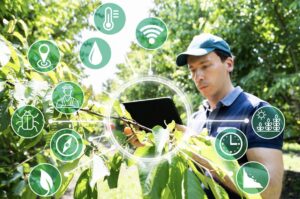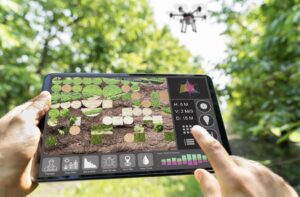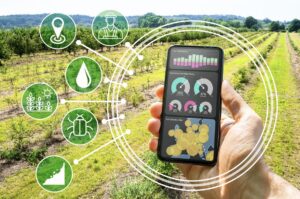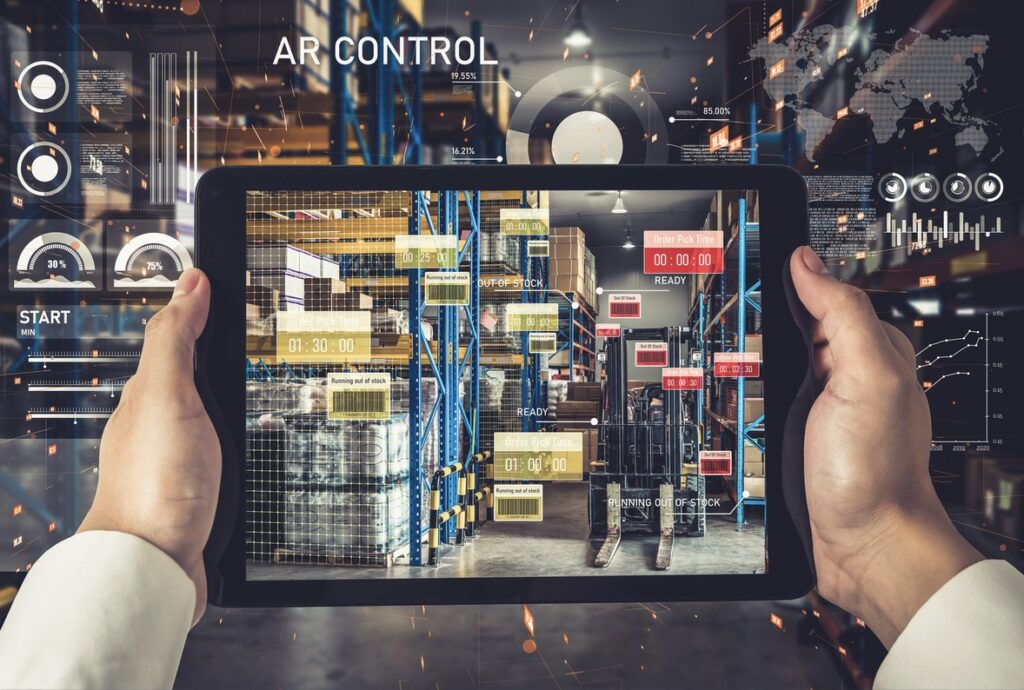Trends in Food Science and Technology
Precision Fermentation
Precision fermentation, a recent major advancement, allows control over the microbial production of proteins. This process, driven by microorganisms, ensures specific outcomes, such as precise flavors or nutritional profiles. For instance, companies like Perfect Day leverage precision fermentation to create dairy proteins without the need for cows. Here lies an opportunity not just for unique taste experiences, but also in enhancing nutritional offerings and advancing sustainability.
Alternative Proteins
The demand for alternative proteins marks another rising trend in food science, inspired by health considerations and environmental concerns.

Examples such as Impossible Foods and Beyond Meat underline this trend, offering plant-based meats that mimic the taste and texture of real meat. Furthermore, companies like Entomo Farms use insects as sustainable sources of protein, showcasing the flexibility and innovation at the heart of this trend. Hence, the alternative protein sector holds promising possibilities for meeting dietary needs in a sustainable manner.
Alternative proteins, derived from plants or insects, or lab-grown, present ample options for consumers looking for replacements for traditional animal protein sources.
Advances in Food Safety and Quality
Against a backdrop of ground-breaking progression, food safety and quality haven’t been left behind. This section explores various ways the food industry harnesses scientific innovations to assure safety standards and improve the quality of food supplies.
Nanotechnology Applications
On the frontline of modern food safety mechanisms, nanotechnology stands tall. This scientific field involves manipulating materials at molecular or atomic levels, facilitating hidden potentials. For example, nano-encapsulated antioxidants prove an effective way to enhance the shelf life of certain food products, such as bakery items and beverages. Moreover, the development of nanosensors assists in detecting harmful bacteria in food sources, dramatically reducing the risk of foodborne diseases.
Blockchain for Traceability
In parallel with nanotechnology, blockchain technology serves a crucial role in food safety and quality.

Known primarily for its application in cryptocurrency, blockchain’s versatility extends into the food industry by offering solutions for traceability.
Through its decentralized, immutable ledger system, entire food supply chains become transparent.
Each food item can be traced distinctly from its source all the way to the consumer’s plate. These traceable records discourage fraudulent activities and enable swift responses to contamination incidents.
Sustainability and Environmental Impact
Reducing Carbon Footprint
Food science plays a pivotal role in mitigating the carbon footprint associated with the food industry. Plant-based and lab-grown meat substitutes exemplify this transformation, providing protein-rich alternatives that require fewer resources for production. A notable application surfaces from a company named Impossible Foods. They produce plant-based burgers emitting 89% fewer greenhouse gases compared to their beef counterparts, as reported by an analysis from Quantis International.

Innovative packaging methods also contribute to reducing carbon emissions. Edible packaging, constructed from biodegradable materials such as seaweed and shellfish gelatin, eliminates the requirement for plastic, markedly diminishing carbon emissions.
Employment of IoT (Internet of Things) in food production and supply chains also leads to reduced carbon emissions.
The use of intelligent devices and sensors for real-time data collection enables precise agriculture and efficient resource management. Dutch farming start-up, Connecterra, has developed ‘Ida’, a sensor-equipped wearable for cows. Ida monitors cow health and behaviour, thus saving on feed, minimizing waste, and subsequently lowering carbon emissions.
Water Usage and Management
Water management serves an indispensable role in food production, with techniques such as hydroponics and drip irrigation enabling efficient usage. Hydroponics—a soilless farming method—ensures that plants receive the exact nutrients they require, reducing water usage by approximately 90% compared to traditional farming methods.
Drip irrigation systems further optimize water usage by applying water directly to plant roots. An excellent illustration of effective water management is Netafim, an Israeli company specializing in drip and micro-irrigation solutions.
Technological advances aid in efficient water management in the industry. Sensors for monitoring soil moisture levels, smart irrigation systems, and AI-powered platforms for predicting weather patterns exhibit this progression. IBM’s Weather Company provides AI-based weather forecasting solutions tailored to agriculture, supporting farmers in making informed decisions concerning irrigation and water management.
Trends in food science and technology focus not just on advancing food quality and safety but also on reducing environmental impact. The future of this industry indeed holds promise for more sustainable and efficient processes.

